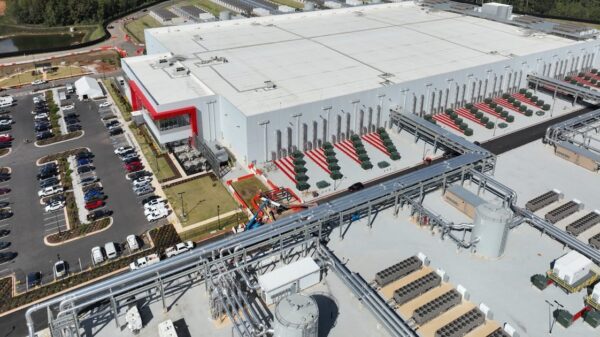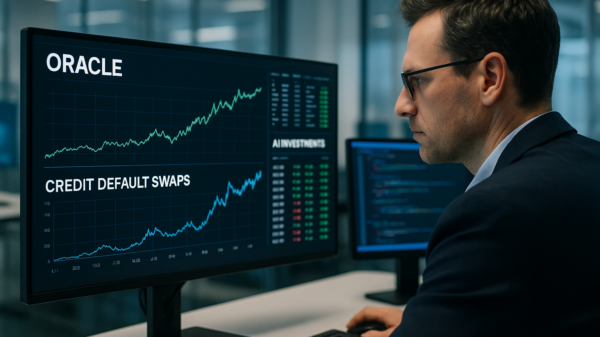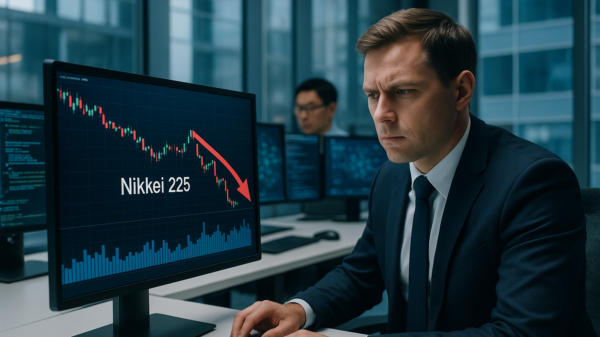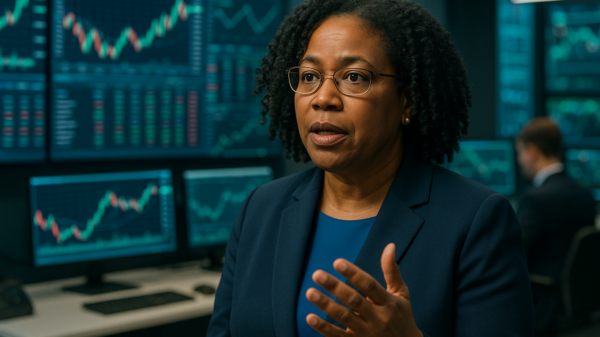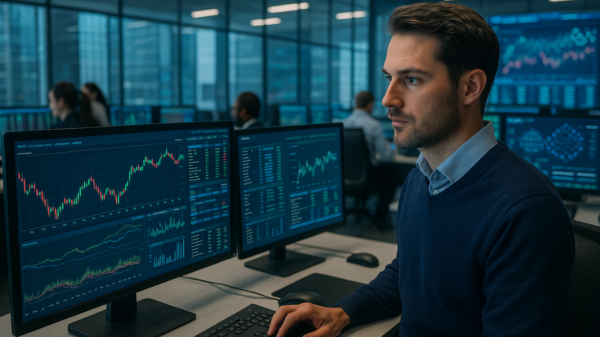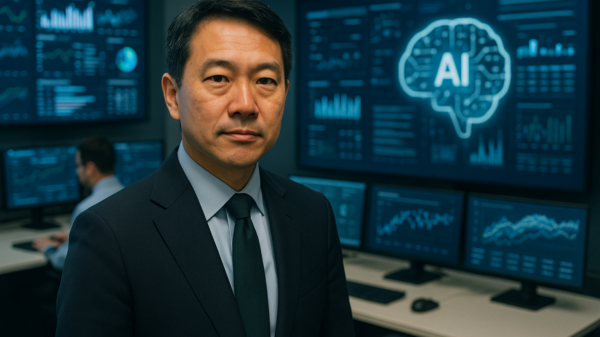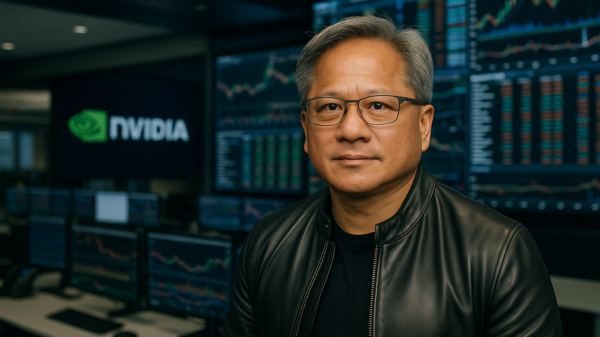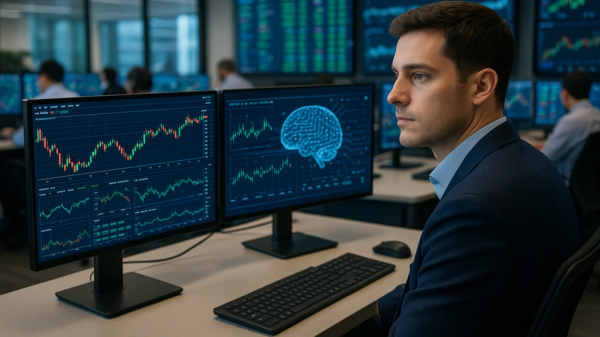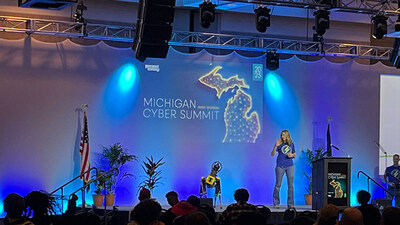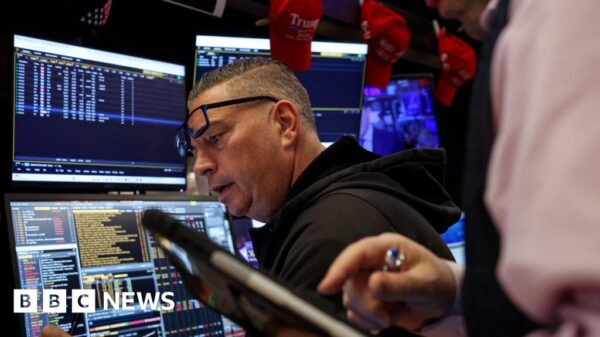As the AI revolution continues to reshape industries, chip manufacturers are at the forefront of this technological transformation. Among them, Nvidia, Advanced Micro Devices (AMD), and Broadcom are frequently spotlighted as key players. Their stocks have consistently outperformed major indices like the S&P 500 and Nasdaq Composite, making them highly sought after by growth investors. However, a crucial yet often overlooked player in this sector is Taiwan Semiconductor Manufacturing (TSMC). While Nvidia boasts a $500 billion order book and Broadcom recently secured a $10 billion customer deal, TSMC is strategically poised to capitalize on the ongoing investments in AI infrastructure.
Taiwan Semiconductor: The Backbone of AI Infrastructure
The significance of TSMC extends beyond its role as a chip designer; it serves as a foundational manufacturer for many leading tech companies. Hyperscalers like Microsoft, Alphabet, Amazon, Meta Platforms, Oracle, and OpenAI are committing to an unprecedented scale of infrastructure spending, projected to reach trillions of dollars over the coming years. This capital expenditure is primarily focused on constructing data centers, procuring chips, and acquiring essential networking gear to ensure that AI systems operate at peak efficiency.
While companies like Nvidia and AMD are driving the latest innovations in chip design, TSMC is integral to their success. As the world’s largest semiconductor manufacturer, TSMC provides the fabrication services that these companies need to produce their advanced chips. This positions TSMC as a hidden “pick-and-shovel” play in the burgeoning AI infrastructure gold rush, benefiting from whatever chips are in demand.
As of November 17, TSMC’s stock is trading at $277.50, reflecting a market cap of $1,439 billion. The stock has shown resilience, with a 52-week range of $134.25 to $311.37 and a current price-to-earnings (P/E) ratio of 27, close to its peak levels during the AI revolution.
Overlooked Opportunities Amid Geopolitical Tensions
Despite its substantial role in the AI ecosystem, TSMC faces challenges primarily stemming from geopolitical tensions, especially concerning its operations in Taiwan. Investors are often wary of potential instability due to the ongoing diplomatic friction between China and the U.S. This unpredictability may deter some growth investors who prefer companies with clearer visibility in their future prospects. Additionally, the trend toward reshoring manufacturing back to the U.S., emphasized during the Trump administration, might add to TSMC’s perceived risks.
However, it is essential to recognize that TSMC is actively addressing these concerns. The company has significantly invested in expanding its operations outside of Taiwan, with new facilities being established in Arizona, Germany, and Japan. In a notable example, TSMC collaborated with Nvidia to manufacture the first wafer of its advanced chip architecture, named Blackwell, in the United States, highlighting its commitment to diversifying its geographic footprint.
Evaluating TSMC as a Strategic Investment
Given the current investment climate, some analysts suggest TSMC’s stock might still present a compelling buying opportunity. Recent trends indicate that investors are reallocating their capital away from the usual AI frontrunners and are beginning to focus on companies like TSMC, making it a potential beneficiary of the AI infrastructure boom. The company’s unique position allows it to remain relevant regardless of which chip designs take center stage, providing it with a robust platform for long-term growth.
Looking ahead, TSMC is expected to enhance its innovation roadmap, introducing new chip nodes with state-of-the-art capabilities. The ongoing capital expenditure from hyperscalers and the rapid pace of technological development in chip architectures make TSMC an attractive investment, promising durable gains in the years to come.
In summary, while Nvidia, AMD, and Broadcom dominate media headlines, Taiwan Semiconductor Manufacturing remains an essential player in the semiconductor landscape. Its critical role in supporting AI infrastructure should not be underestimated, making it a significant component of any forward-looking investment strategy.
 Z.ai Launches GLM 4.5, Surpassing Competitors with Advanced Coding and Role-Playing Features
Z.ai Launches GLM 4.5, Surpassing Competitors with Advanced Coding and Role-Playing Features Lumentum Achieves 58% Revenue Growth, Outpacing Palantir with Cheaper Valuation
Lumentum Achieves 58% Revenue Growth, Outpacing Palantir with Cheaper Valuation Germany”s National Team Prepares for World Cup Qualifiers with Disco Atmosphere
Germany”s National Team Prepares for World Cup Qualifiers with Disco Atmosphere 95% of AI Projects Fail in Companies According to MIT
95% of AI Projects Fail in Companies According to MIT AI in Food & Beverages Market to Surge from $11.08B to $263.80B by 2032
AI in Food & Beverages Market to Surge from $11.08B to $263.80B by 2032


